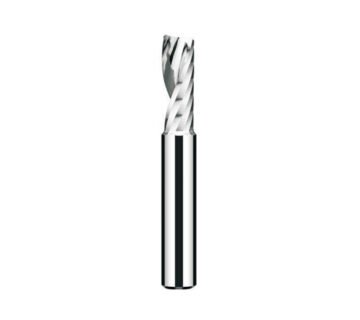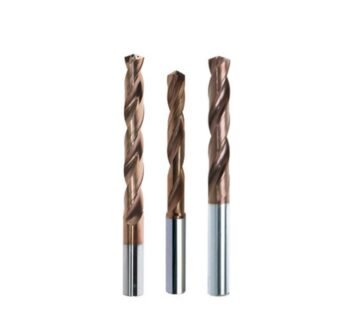Introduction:
Coating selection is a critical aspect of optimizing tungsten steel milling cutter performance. The right coating can significantly enhance tool life, improve cutting speed, and reduce production costs. This article highlights the importance of coating selection and the benefits it offers in various machining applications.
Benefits of Coatings:
Improved Wear Resistance:
Coatings provide a protective layer that improves the wear resistance of tungsten steel milling cutters. This is particularly important when machining abrasive materials or when performing high-speed cutting operations. Coatings like titanium nitride (TiN) or diamond-like carbon (DLC) offer excellent wear resistance properties, reducing the need for frequent tool replacements.
Enhanced Cutting Speed:
Coatings can also increase cutting speeds by reducing friction between the cutter and the workpiece material. Lower friction means less heat generation, allowing for higher cutting speeds without compromising tool life. Coatings such as aluminum titanium nitride (AlTiN) or nanocomposites offer low friction characteristics, enabling faster cutting rates.
Extended Tool Life:
Proper coating selection can significantly extend the tool life of tungsten steel milling cutters. A durable coating acts as a barrier, protecting the underlying cutter material from wear, chipping, or thermal damage. This leads to cost savings by reducing tool replacement frequency and improving overall productivity.
Improved Surface Finish:
Certain coatings, such as titanium carbonitride (TiCN) or aluminum oxide (Al2O3), offer low adhesion characteristics, preventing workpiece materials from sticking to the cutter edges. This reduces build-up and results in better surface finishes, especially in applications where achieving a smooth finish is crucial.
Application Considerations:
Different coatings have specific strengths suitable for various machining applications. For example:
TiN coatings are commonly used in general-purpose milling operations on a wide range of materials, including aluminum, copper, and low carbon steel.
AlTiN coatings are ideal for high-speed machining and provide excellent performance when milling high-temperature alloys or hardened steels.
DLC coatings offer exceptional wear resistance and are often utilized in dry machining or applications where lubrication is limited.
It is crucial to consider factors such as workpiece material, cutting parameters, desired surface finish, and operating conditions when selecting coatings. Consulting with coating manufacturers or industry experts can provide valuable insights into the most suitable options for specific applications.
Conclusion:
Coating selection for tungsten steel milling cutters is essential for achieving optimal performance and cost-effectiveness. The right coating can enhance wear resistance, increase cutting speed, extend tool life, and improve surface finish. By understanding the benefits coatings offer and considering application-specific requirements, companies can optimize their machining processes and maximize productivity.



No comment